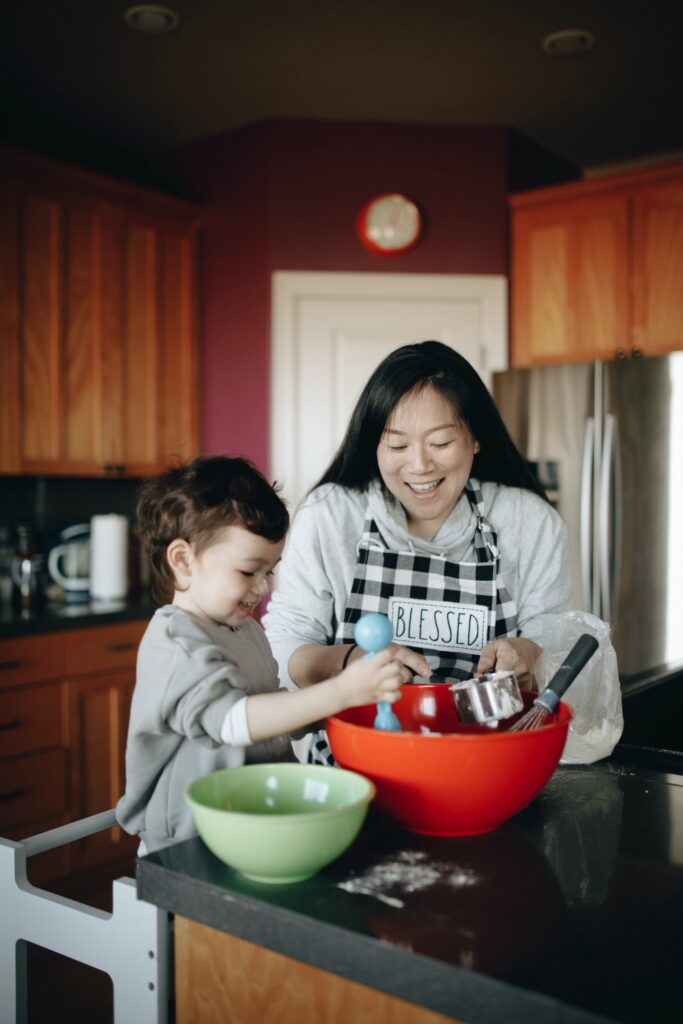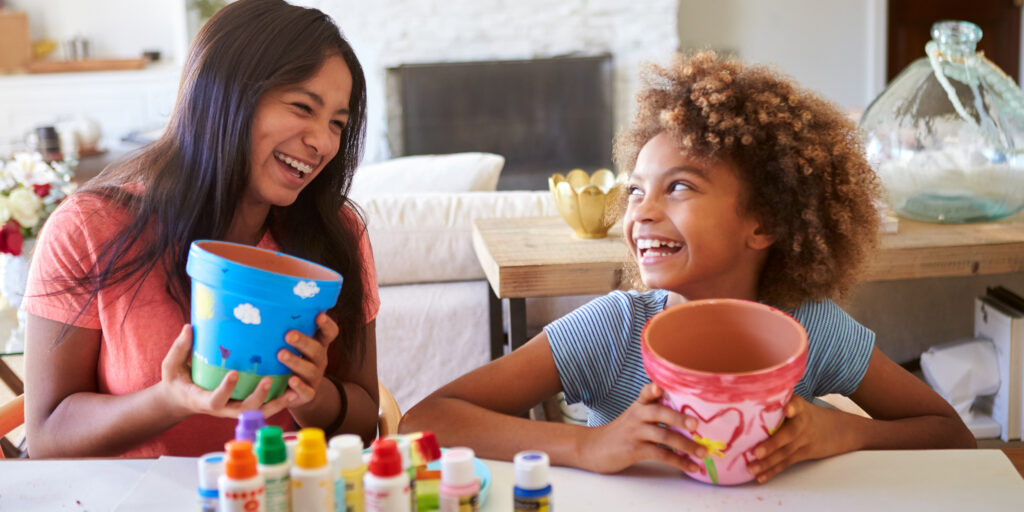The Ultimate Love Language Gift Guide for Your Bundle of Joy


The month of love is the perfect time to show your little one just how much you love and appreciate them. According to Gary Chapman, the author of The Five Love Languages, people have five different ways of expressing and receiving love.
The five ways identified as “love languages” by Chapman are: physical touch, words of affirmation, acts of service, gifts, and quality time. Although these love languages can be applied in different relationships, our focus here will be on the parent-child relationship.
Child psychologists state that children have basic emotional needs that must be met for them to be emotionally stable. With that said, it is important to consider your child’s love language when gifting them. By using a love language your child best understands, you can make sure they’re emotionally satisfied.
How do I identify what my child’s love language is?

Gifting your child according to their love language will require you to know what their primary love language is. A good way to identify your child’s love language is by observing how they express affection towards you and others. This could offer you clues on how they’d want to receive love.
You could also try using all five love languages, and study how your child responds to each of them. However, it is important to keep in mind that people usually have one primary and one secondary love language. So, don’t be surprised if your child responds positively to more than one of the following five love languages:
1. Quality time.

If your child enjoys activities that require you to spend time with them, their love language is probably quality time. Children whose love language is this require attention; they love it when you take time to give this to them. Possible gifts for this love language are:
- Going out and watching a movie together.
- Going to their favourite ice cream shop.
- Buying them a board game you can play together.
2. Physical touch.

Bundles of joy whose love language is physical touch feel loved when shown physical affection. These kids love receiving hugs and kisses; they also like cuddles and physical games. Possible gifts for them could be:
- Stuffed animals, like a teddy bear they can cuddle.
- A soft blanket that can be used to snuggle when you’re both watching movies.
- A ball you can play a contact sport with, such as rugby.
3. Words of affirmation.

If your little one enjoys hearing praises about specific things they’ve done, their love language is probably words of affirmation. They delight in words of encouragement because they make them feel confident. You could gift your little one with:
- A beautiful homemade card with positive affirmations.
- Written love notes left for them around the house for them to discover.
- A parent-child journal with affirmations.
4. Receiving gifts.

Children whose love language is gifting rejoice in receiving special gifts and surprises. You don’t have to get them expensive things, but be thoughtful. Offer them small gifts you know will bring them joy. Possible gift ideas?
- Tickets to an event your child would love to attend.
- Use colourful wrapping paper on small gifts to make them look more special.
- A surprise gift for your child to discover as soon as they wake up, like a treasure hunt.
5. Acts of service.

Children with this love language appreciate it when people do nice things for them. They love seeing you involved in their activities and projects, being hands-on. Wonderful gift ideas may be:
- Surprising them with a room makeover.
- Preparing their favourite meal.
- Doing a chore that would normally be done by them.
So, whether it is word or deed, learning your child’s love language will have a lasting positive impact on your relationship with them. It will make it easier for you to express your love for them in a way they understand. That way, you’ll be guaranteed they know just how much you love them.




